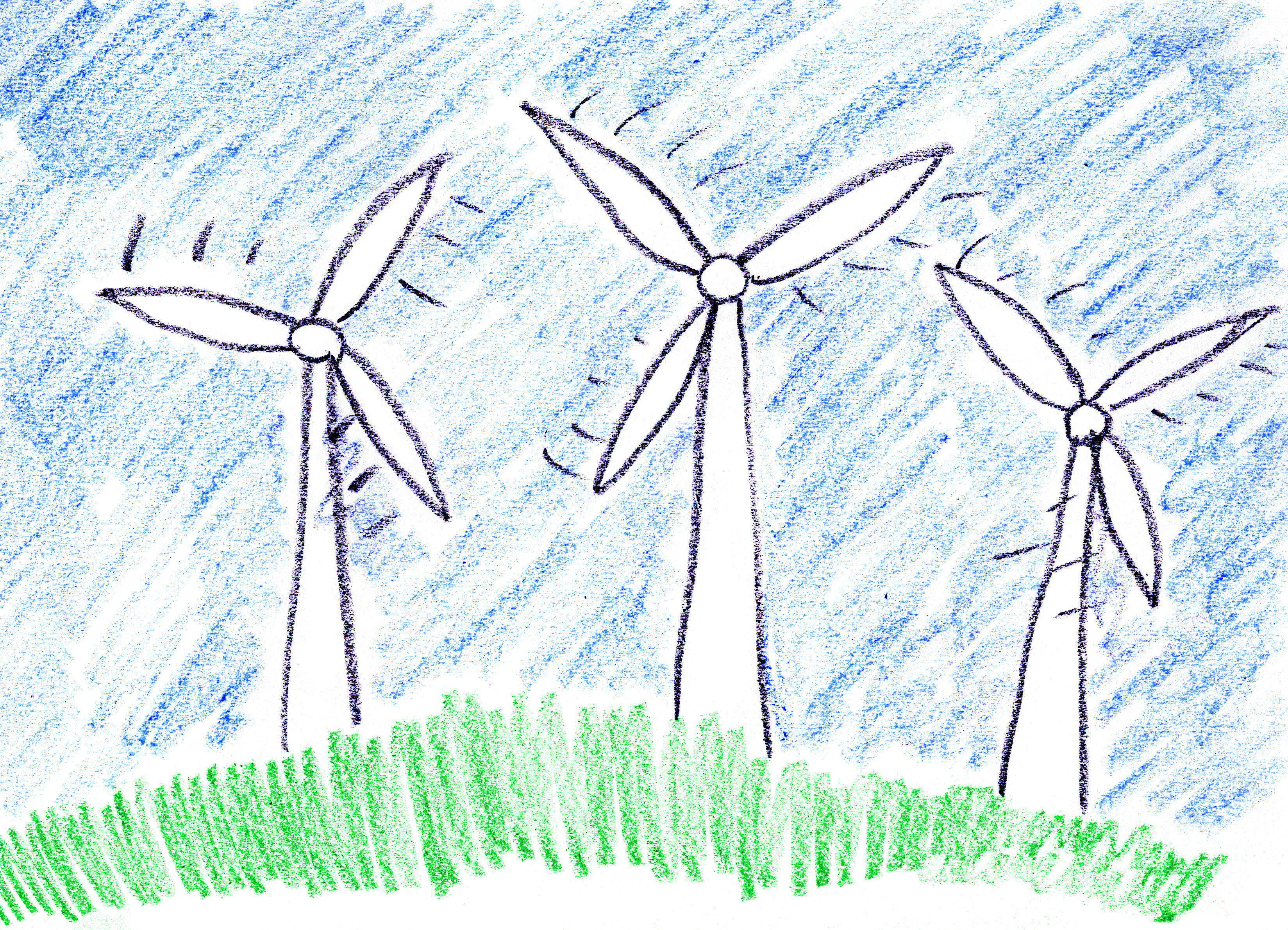Understanding habitats Normal Worksheets for Ages 5-9
6 filtered results
-
From - To
Explore the fascinating world of habitats with our "Understanding Habitats" worksheets, designed specifically for children aged 5-9. These engaging and educational printables help young learners discover the diverse environments that plants and animals call home. Each worksheet includes colorful illustrations and fun activities that make learning about desert, forest, ocean, and other habitats an exciting adventure. Perfect for reinforcing science concepts in a classroom or at home, these resources foster curiosity and a love for nature while promoting critical thinking and observation skills. Ignite your child's imagination and introduce them to the wonders of the natural world!
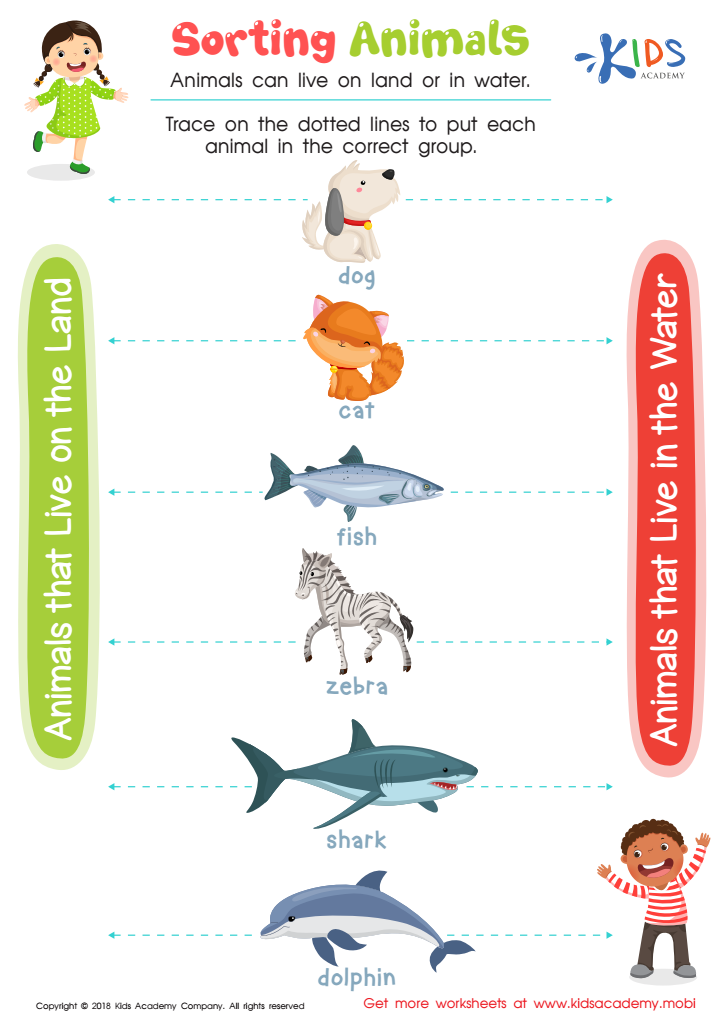

Sorting Animals Worksheet
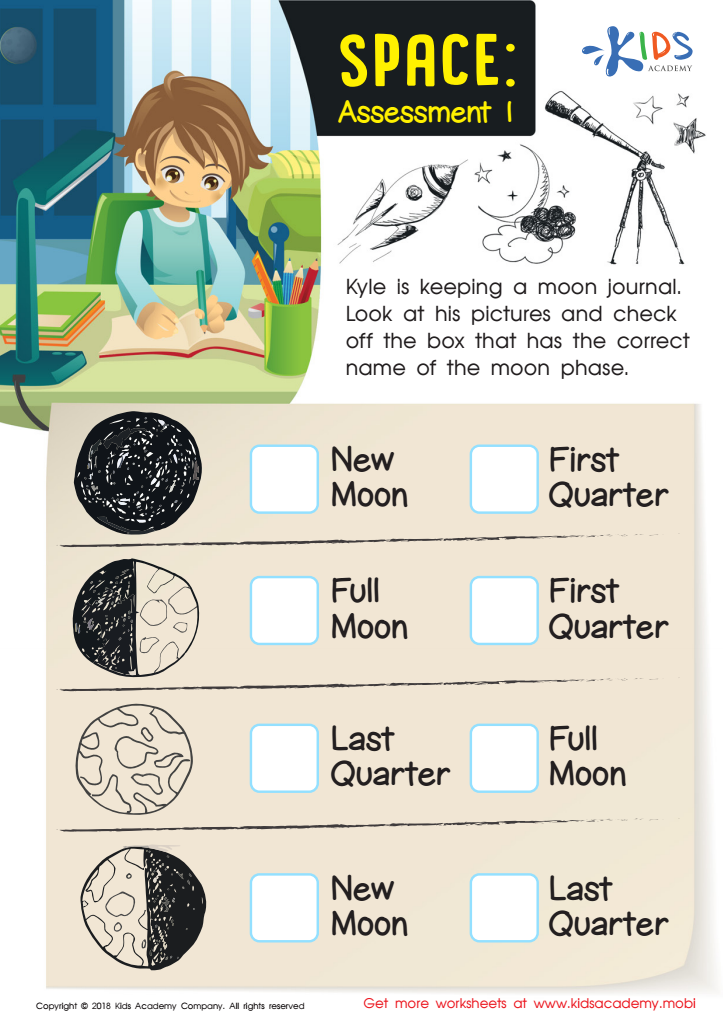

Space: Assessment 1 Worksheet
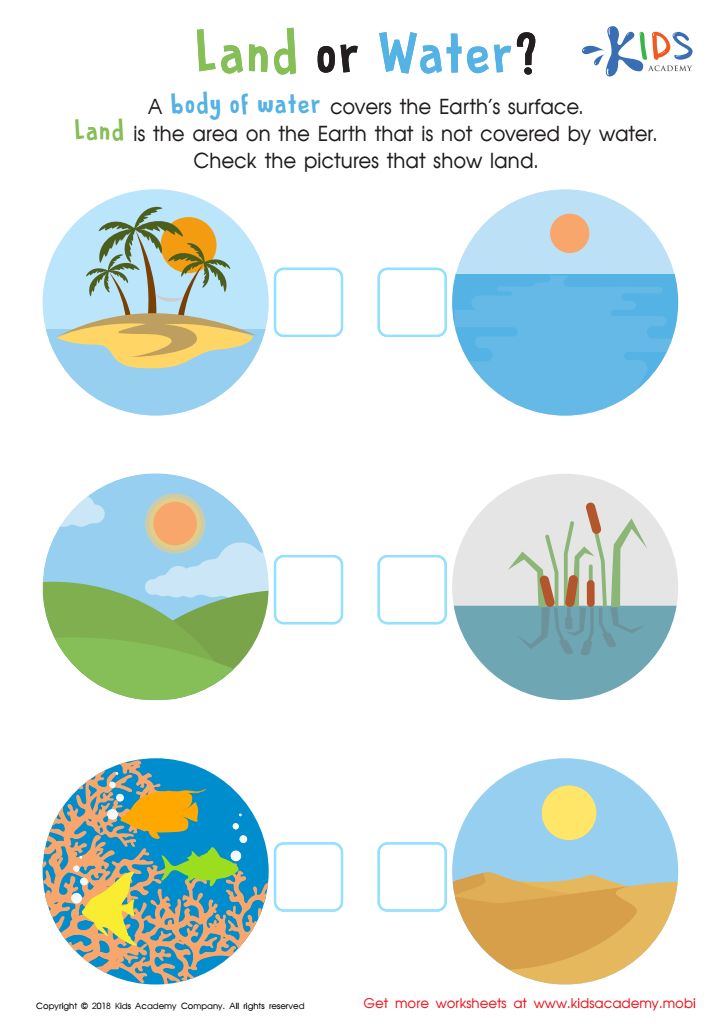

Land or Water Worksheet
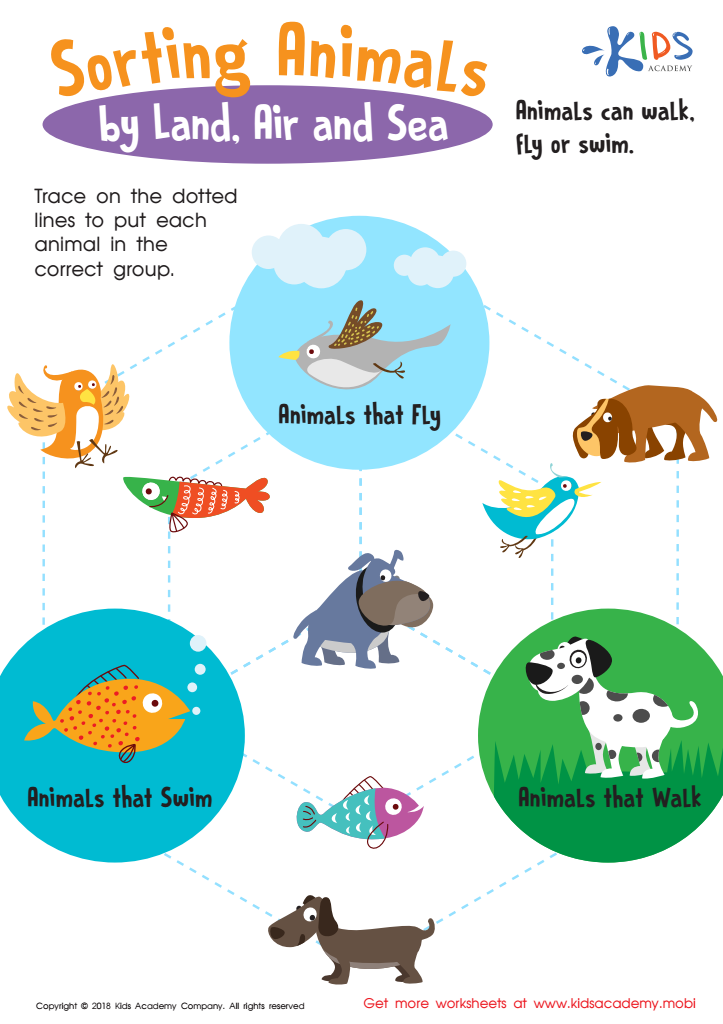

Sorting Animals by Land, Air and Sea Worksheet
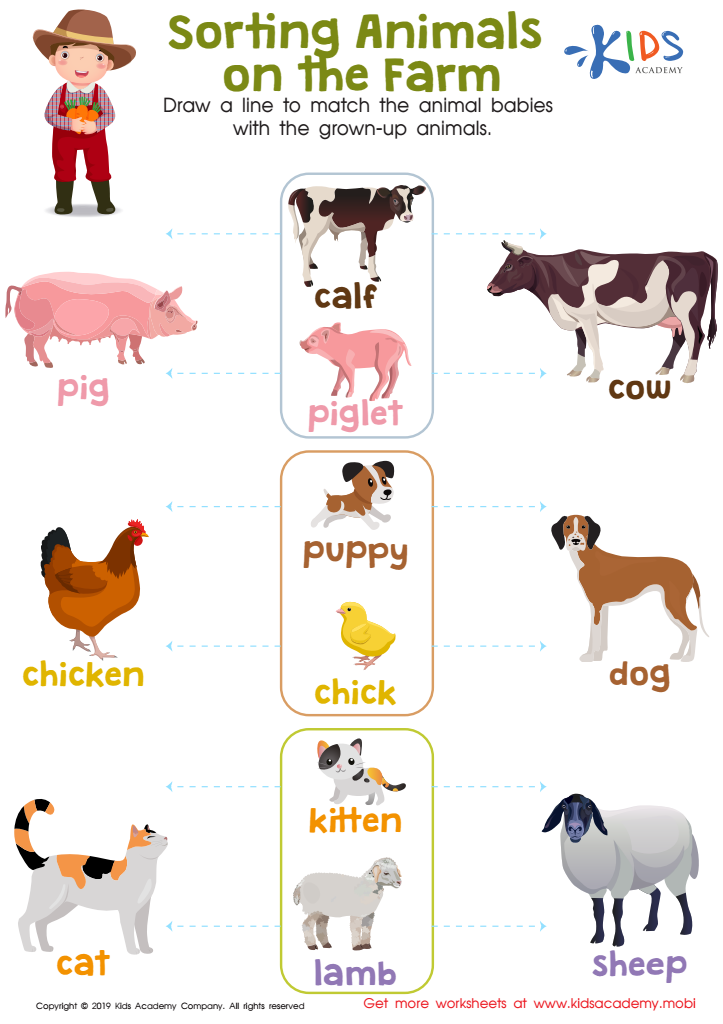

Sorting Animals on the Farm Worksheet


Animals and Plants: Assessment 2 Worksheet
Understanding habitats is essential for young children's development and education. Firstly, learning about different habitats - like forests, oceans, and deserts - helps kids appreciate the diversity of life on Earth. This fosters curiosity and respect for nature, encouraging them to become environmentally conscious individuals.
Secondly, exploring habitats nurtures fundamental scientific skills in children aged 5-9. They develop observation skills, critical thinking, and the ability to classify and compare different organisms and environments. This foundational knowledge in biology and ecology can spark a lifelong interest in science and learning.
Thirdly, understanding habitats supports language development and reading comprehension. As children learn new terms and concepts, they expand their vocabulary and improve their ability to understand complex texts. This integrated approach to learning helps make science more accessible and engaging.
Moreover, discussing habitats can cultivate empathy and responsibility. When children realize how plants, animals, and humans depend on healthy environments, they understand the significance of conservation and taking care of the planet. This principle not only instills a sense of global citizenship but also encourages them to make positive choices that impact their surroundings.
In conclusion, helping young children understand habitats broadens their educational horizons, nurtures important life skills, and inspires stewardship and compassion for the world they live in.
 Assign to My Students
Assign to My Students




.jpg)


